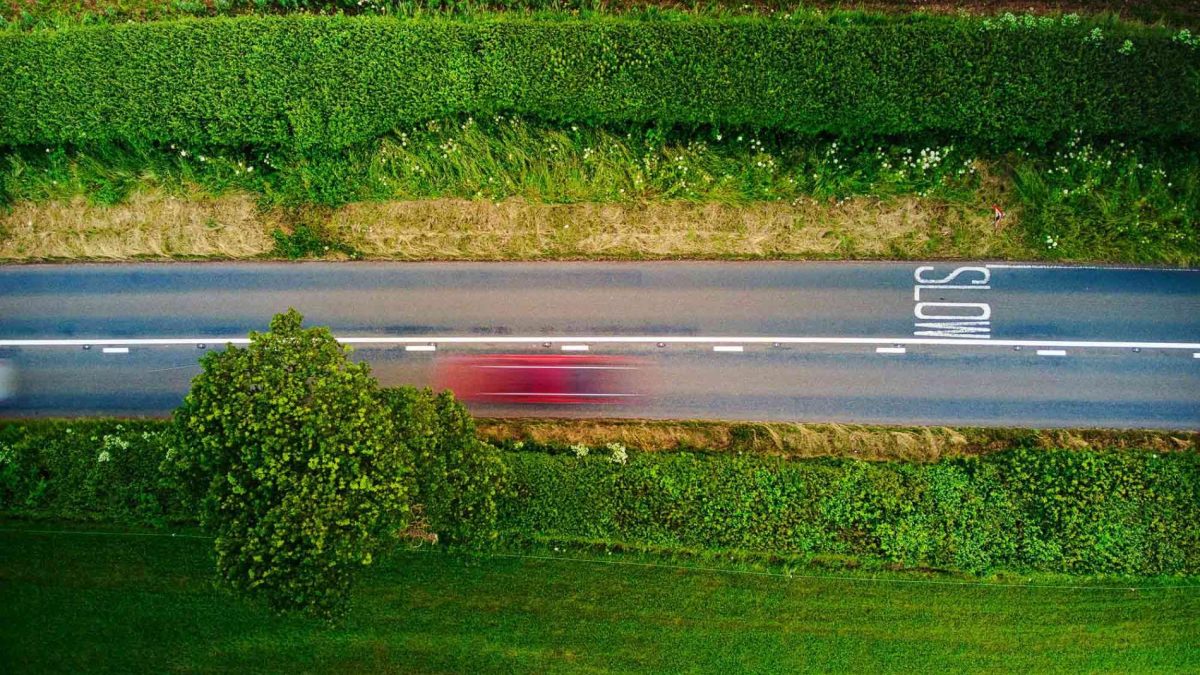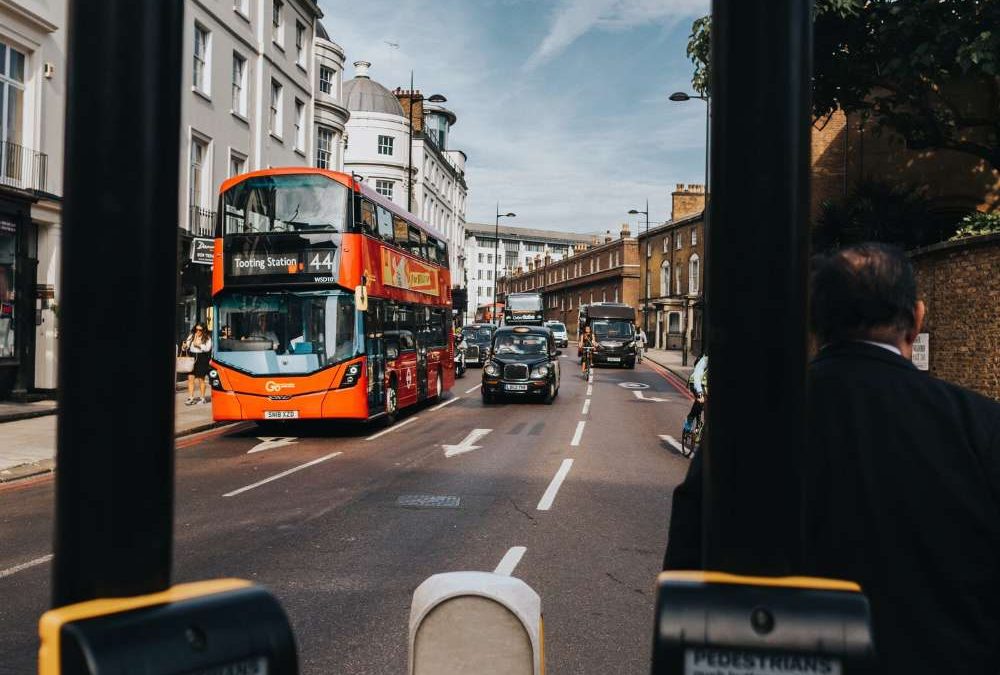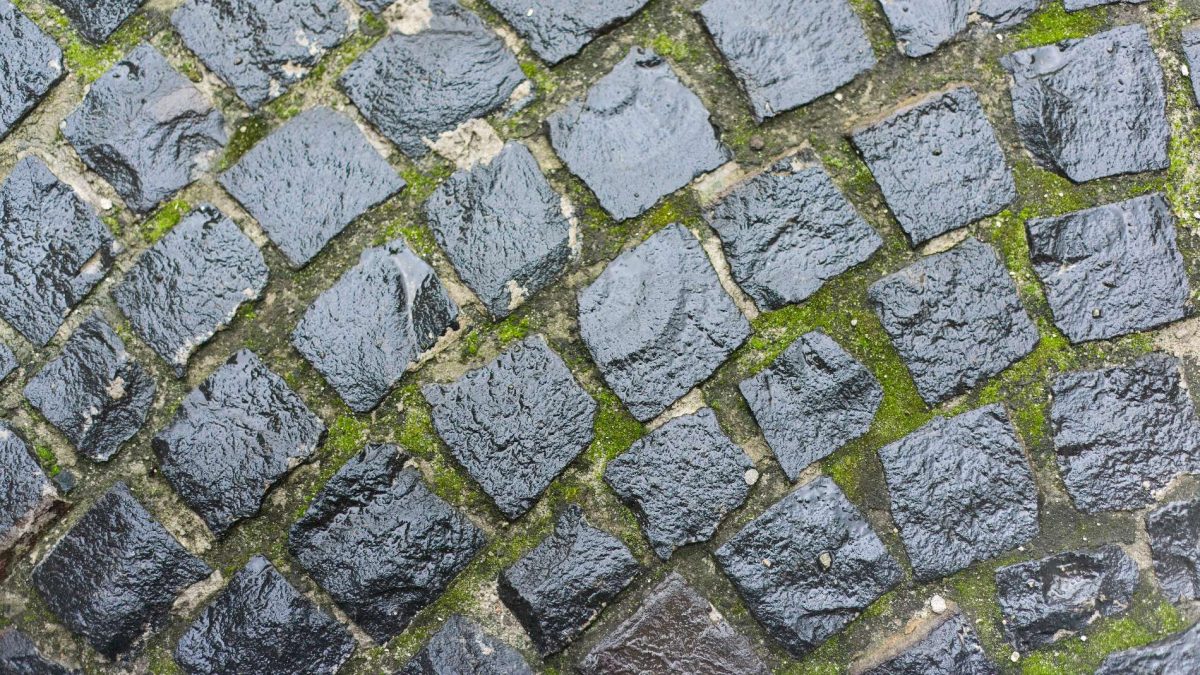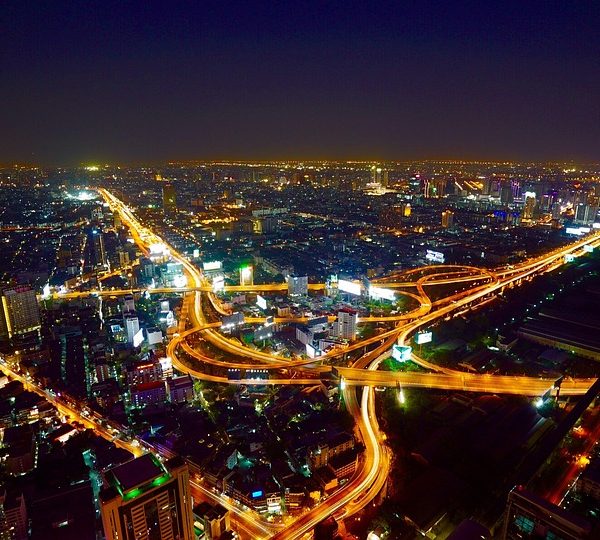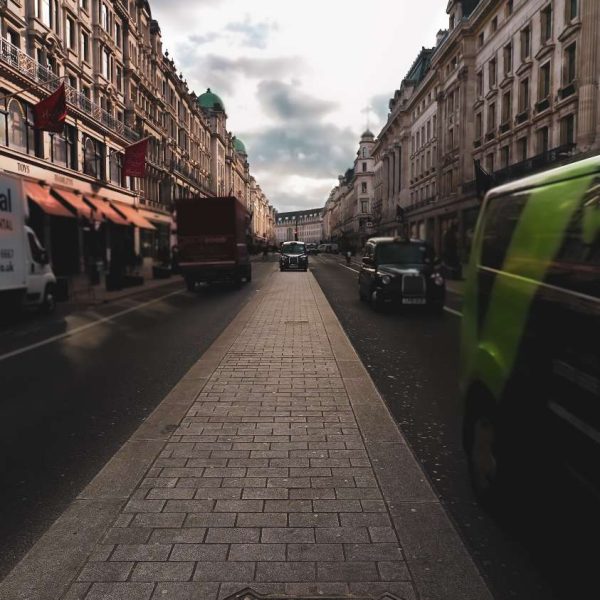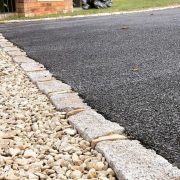Greening the Streets: The Benefits of Vegetated Traffic Islands
As urban areas continue to expand, the importance of creating sustainable and livable cities becomes increasingly evident.
One effective way to enhance the urban environment is through the implementation of vegetated traffic islands. These small patches of greenery located at intersections and along roadways not only add beauty to the streetscape but also offer a range of environmental, social, and economic benefits. In this article, we explore the advantages of incorporating vegetation into traffic islands and its positive impact on our cities.
- Environmental Benefits:
One of the primary benefits of vegetated traffic islands is their positive impact on the environment. By introducing vegetation to these urban spaces, several environmental advantages can be realized.
Firstly, vegetated traffic islands act as natural filters, helping to improve air quality by capturing dust, pollutants, and particulate matter from vehicle emissions. The plants and vegetation on these islands absorb carbon dioxide and release oxygen, contributing to a cleaner and healthier urban atmosphere.
Furthermore, traffic islands with vegetation help mitigate the urban heat island effect. The plants provide shade, reduce the amount of heat absorbed by concrete and asphalt surfaces, and help cool the surrounding area. This helps combat rising temperatures in densely built-up urban areas, making them more comfortable and reducing the need for excessive air conditioning.
- Aesthetic and Psychological Benefits:
Vegetated traffic islands have a significant impact on the aesthetics and overall visual appeal of the urban landscape. By introducing greenery and colorful plants, these islands soften the hard edges of the urban environment, creating a more inviting and visually pleasing streetscape.
The presence of vegetation has also been shown to have positive psychological effects on people. Studies have found that exposure to green spaces, even in small quantities, can reduce stress, improve mental well-being, and enhance overall quality of life. The inclusion of vegetated traffic islands provides residents and pedestrians with a natural respite amid the concrete jungle, promoting a sense of calm and tranquility.
- Stormwater Management:
Another notable benefit of vegetated traffic islands is their role in stormwater management. These islands act as natural buffers, absorbing and filtering rainwater runoff, which helps reduce the strain on urban drainage systems.
The plants and vegetation on the traffic islands capture rainwater, allowing it to percolate into the soil. This process helps recharge groundwater resources, mitigates the risk of flooding, and improves water quality by filtering out pollutants and sediments. By incorporating vegetation into traffic islands, cities can implement sustainable stormwater management practices and reduce the burden on costly infrastructure solutions.
- Biodiversity and Ecological Benefits:
Vegetated traffic islands also contribute to urban biodiversity and provide habitats for various forms of wildlife, including birds, insects, and small mammals. These islands act as green corridors, enabling the movement of species across urban areas and supporting local ecosystems.
By incorporating native plants and vegetation, traffic islands can provide food sources and shelter for pollinators, contributing to the preservation of biodiversity and promoting ecological balance within the city. This ecological richness not only enhances the urban environment but also provides opportunities for educational and recreational activities, such as bird-watching or nature exploration.
- Economic Benefits:
The implementation of vegetated traffic islands can yield significant economic benefits for cities. Studies have shown that the presence of green spaces, including vegetation on traffic islands, increases property values and attracts businesses and tourism.
Well-designed and maintained traffic islands create a positive impression of the city and make it more desirable for residents, businesses, and visitors. Additionally, these green spaces can contribute to reducing energy costs by providing shade and reducing the urban heat island effect, resulting in lower air conditioning expenses for buildings in the vicinity
- Economic Benefits (continued):
Well-designed and maintained traffic islands create a positive impression of the city and make it more desirable for residents, businesses, and visitors. Additionally, these green spaces can contribute to reducing energy costs by providing shade and reducing the urban heat island effect, resulting in lower air conditioning expenses for buildings in the vicinity. This energy efficiency can translate into cost savings for both individuals and businesses.
Moreover, the presence of vegetated traffic islands can stimulate local economic activity. Studies have shown that green spaces attract foot traffic and encourage people to spend more time in commercial areas, leading to increased retail sales and revenue for nearby businesses. By enhancing the aesthetics and appeal of the urban environment, these green spaces can create a vibrant and economically thriving cityscape.
Conclusion:
Vegetated traffic islands offer a multitude of benefits for urban areas. By introducing greenery into the streetscape, these islands provide environmental advantages such as improved air quality, heat island mitigation, and stormwater management.
They also enhance the aesthetic appeal of the city, positively impact psychological well-being, and contribute to urban biodiversity.
Furthermore, the economic benefits of vegetated traffic islands include increased property values, energy cost savings, and stimulation of local economic activity.


